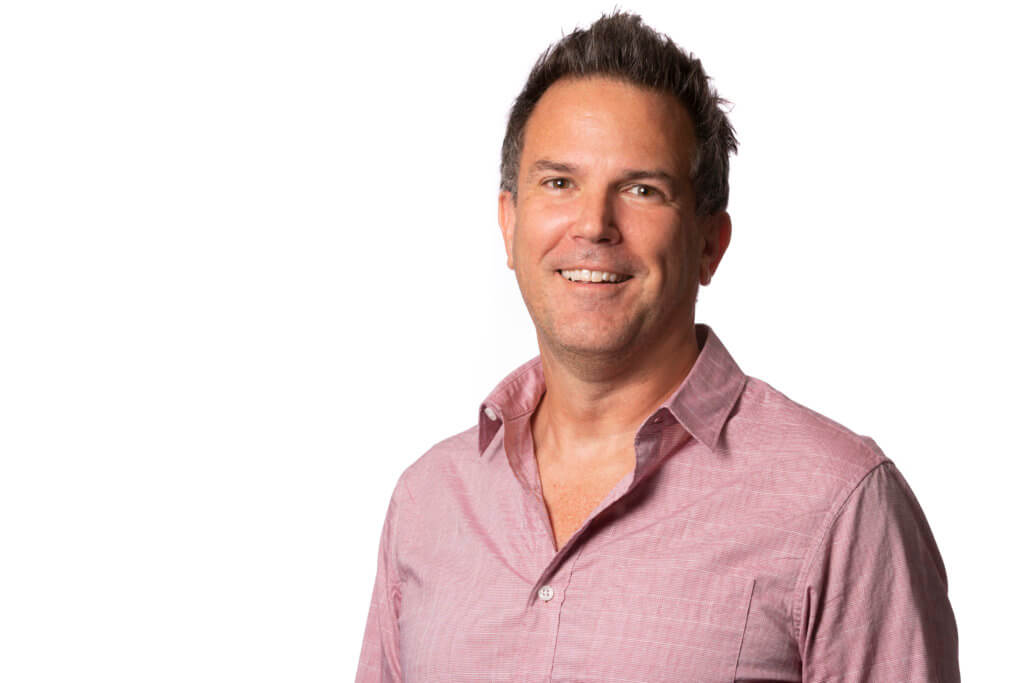
Podcasts playing in freeway traffic, star-studded movie casts and TikTok dance challenges come together to mold true crime into entertainment — setting the stage for “real-life monsters” to take hold of American pop culture.
For Adam Golub, a professor of American studies at Cal State Fullerton, understanding the connections between true crime narratives and pop culture is about more than recognizing explicit references in songs, shows and film. It’s about understanding what these connections say about society’s fears, anxieties and their collective ability to cope with violence.
“Pop culture is a place where choices are made — choices about the stories we tell and the stories we don’t tell, the people and events we remember, and those we forget,” said Golub. “Real criminals become part of our meme and remix culture, circulating with fictional characters and other types.”

Golub recently published his research in the journal Crime Fiction Studies with a foreword titled “Criminal Crossovers.” To illustrate the mixing and remixing of true crime narratives into pop culture, Golub opens his essay with an analysis of a TikTok dance trend from 2020 called “cannibal challenge” inspired by Kesha’s 2010 song “Cannibal.”
The song’s reference to serial killer Jeffrey Dahmer illustrates how pop culture works in contradicting ways, both introducing consumers to crime and simultaneously undermining it with surface level references, explained Golub.
“Pop culture can potentially keep us informed about certain crimes, so much so that we can become our own experts on Dahmer and (Charles) Manson. It doesn’t necessarily challenge us to come to terms with these horrors,” said Golub.
Golub’s research found that popular culture favors serial killers, husbands who killed their wives or celebrity murders, each narrative sprinkled with an element of “how could this happen?” The people in these narratives are almost always white and from a wealthier class.
“For instance, how many pop culture stories do we see about real police violence, or real violence against the transgender community, or mass shootings, or white-collar crime?” asked Golub.
True crime has held public interest for over 200 years, starting with the penny press and tabloid journalism in the 19th century, followed by magazines, books, film and television reenactments in the 20th century. More recently, the rise of the digital age has redefined true crime content.
Popular streaming platforms like Netflix retell infamous stories with star-studded films, including Zac Efron’s portrayal of Ted Bundy in the 2019 film, “Extremely Wicked, Shockingly Evil and Vile.” Combined with famous series like “American Horror Story,” pop culture provides consumers with narratives that are constantly evolving to create new storylines, said Golub.
But despite the apparent overflow of true crime into pop culture, he clarifies that not all crime is remixed equally. Stories that don’t make the jump to the pop culture landscape create “silences” that speak to society’s unwillingness to confront certain issues of violence.
“In this way, popular culture can serve as an archive of discomfort, a record of the absence of reckoning, an invisible register of the crossovers that never occur. As much as true crime diffuses American pop culture, it haunts it, and the silences might show us what’s really at stake here,” Golub writes in his foreword.
Despite this history, he said that the criteria that makes true crime stories eligible for crossover could change in the future, especially in light of the pandemic and recent shifts in social media.
“The key will be whether everyday Americans can learn about and analyze these issues deeply enough, in a sophisticated way, and then communicate their perspective in more than a meme or sound bite,” Golub explained.
Golub’s research will continue to unfold next spring in his “Introduction to American Popular Culture” class, where he will teach students about the intersections between true crime and fandom.
“Increasingly, pop culture is something that is created by everyday people, by fans and influencers rather than corporations. Given this power of popular culture, it’s important to know why true crime is a story that holds so much sway over us, and to understand how we talk about true crime — and how we don’t talk about it.”